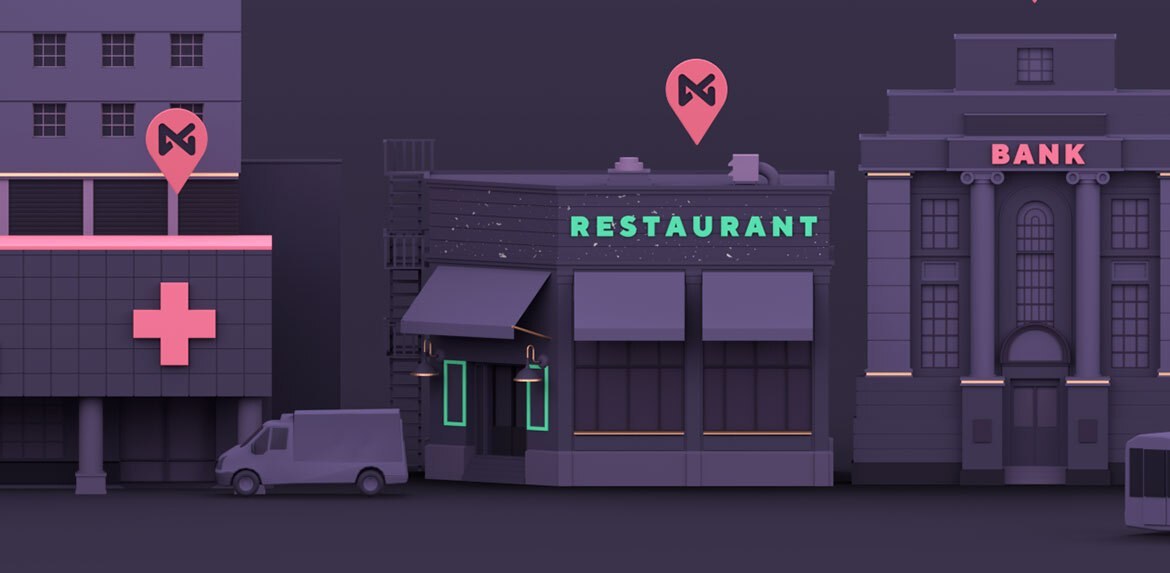Restaurants that quickly signed with third-party ordering and delivery platforms may be rethinking their decisions now. Give them a more cost-effective, competitive way to operate.
In late 2019, the future looked bright for the restaurant industry. Nation’s Restaurant News reported that 51 percent of U.S. consumer food spending was earmarked for restaurants, helping to give the industry an $863 billion, record-setting year. Furthermore, according to Frost & Sullivan, restaurant online ordering and food delivery totaled $82 billion in 2018 and was projected to grow at an annual rate of 14 percent to $200 billion by 2025.
Just a few months later in early 2020, however, forecasts changed. Restaurant sales plummeted, and online ordering and food delivery was no longer driven solely by ease and convenience. When the pandemic hit, it was for many people the only way to purchase their favorite prepared foods — and for restaurants, the only way to stay in business.
The Third-Party Ordering Platform Option
Many restaurants that didn’t have the capability to accept online orders or make food deliveries on their own turned to third-party platforms, such as Grubhub, Uber Eats and Door Dash, to continue to make their menu items visible and accessible to their customers. They joined a growing number of restaurants that use this service to get a bite of the $10.2 billion that, according to Technomic, consumers spent through these platforms in 2018.
Using a third-party ordering and delivery platform, however, comes at a cost. Depending on the platform, the total cost of a delivered meal would increase from 17 percent to more than 40 percent. Costs above the actual menu price include the fee to the third-party company, delivery fees, and any applicable taxes — and that doesn’t count any gratuity a customer would add.
Restaurants trying to stay afloat during coronavirus shutdowns had two options: to pass those costs on to their customers or cover some of the costs themselves. Neither was a good option under the circumstances. Even though many third-party ordering and delivery platforms temporarily waived or deferred fees, there was still a price to pay, and for many businesses, it was unaffordable.
Developers: Give Restaurants the Ability to Accept Online Orders Directly
Your clients have a better option than using a third-party ordering and delivery platform: Keep it in house. By enabling restaurant online ordering, you provide added value to your software and services with:
- Cost savings and revenue growth: Accepting orders through their apps or websites saves restaurants the fees they’d pay to third-party services. Also, customers tend to spend more when they can take their time to browse an online menu, with 34 percent of consumers spending at least $50 when they order online.
- Staff productivity: Restaurants shifting operations from dine-in to takeout and delivery can keep their employees on staff, using them in these areas.
- Customer satisfaction: When restaurants use a third-party for online ordering and delivery, they lose control of customer experiences. It’s up to the third party, not the restaurant, to determine what the ordering process is like, how friendly and efficient delivery drivers are, and whether customers get their food on time. Keeping the process in-house allows the restaurant to stay in control.
Restaurant ISV Success Stories
NMI partners have responded to the current challenges their restaurant clients are facing in a variety of ways:
- Applova: This mobile ordering-focused ISV saw increased demand from restaurants for curbside ordering during the pandemic, and, with NMI’s help, were able to deploy solutions within 48 to 72 hours.
- Dashnow: NMI helped Dashnow quickly meet demand from their clients during coronavirus shutdowns to adapt its digital menu and payment solution to focus on restaurant online ordering and curbside pickup.
- SpotOn: Using NMI’s Collect.js and Collect Checkout solutions, SpotOn rolled out restaurant online ordering over just one weekend.
If You Can’t Join ‘Em, Beat ‘Em
With all of the focus on staying in business, your clients may be overlooking a key benefit of offering online ordering and delivery directly to their clients: data.
When restaurants use a third-party platform, that company, not the restaurant, has access to customer data. When consumers engage directly, the restaurant has the opportunity to collect data that helps them understand their customers better so they can optimize their menus, pricing, and specials. Online engagement also gives the restaurant the opportunity to invite customers to join their loyalty program or to opt-in to receive communications and offers, which could sway a customer at the right time when they’re asking, “What do we want for dinner tonight?”
Integrating a restaurant online ordering and payment solutions with your software empowers your clients to compete with third-party ordering and delivery platforms. Your clients don’t have to sit on the sidelines and watch as this segment of the industry keeps taking in billions of dollars — they can get in the game to win their part of it. And when you provide them with the right solutions, they will.
Don’t just turn on payments, transform the way you do business
- Generate New Revenue By adding or expanding payment offerings to your solution, you can start earning higher monthly and transaction-based recurring revenue.
- Offer the Power of Choice Allow merchants to choose from 125+ shopping cart integrations and 200+ processor options to streamline their onboarding.
- Seamless White Labeling Make the platform an extension of your brand by adding your logo, colors and customizing your URL.





